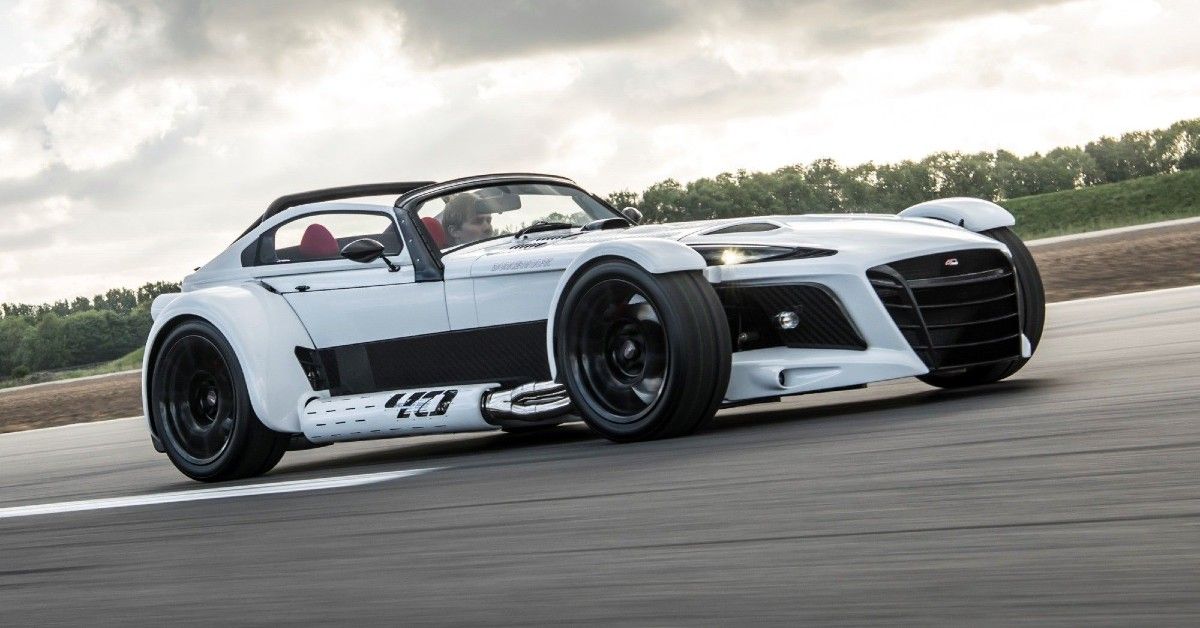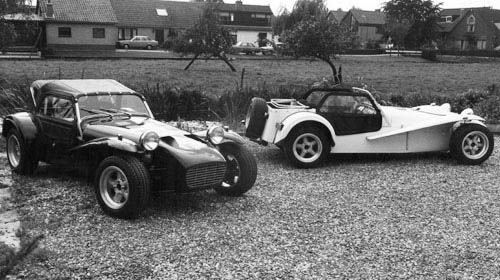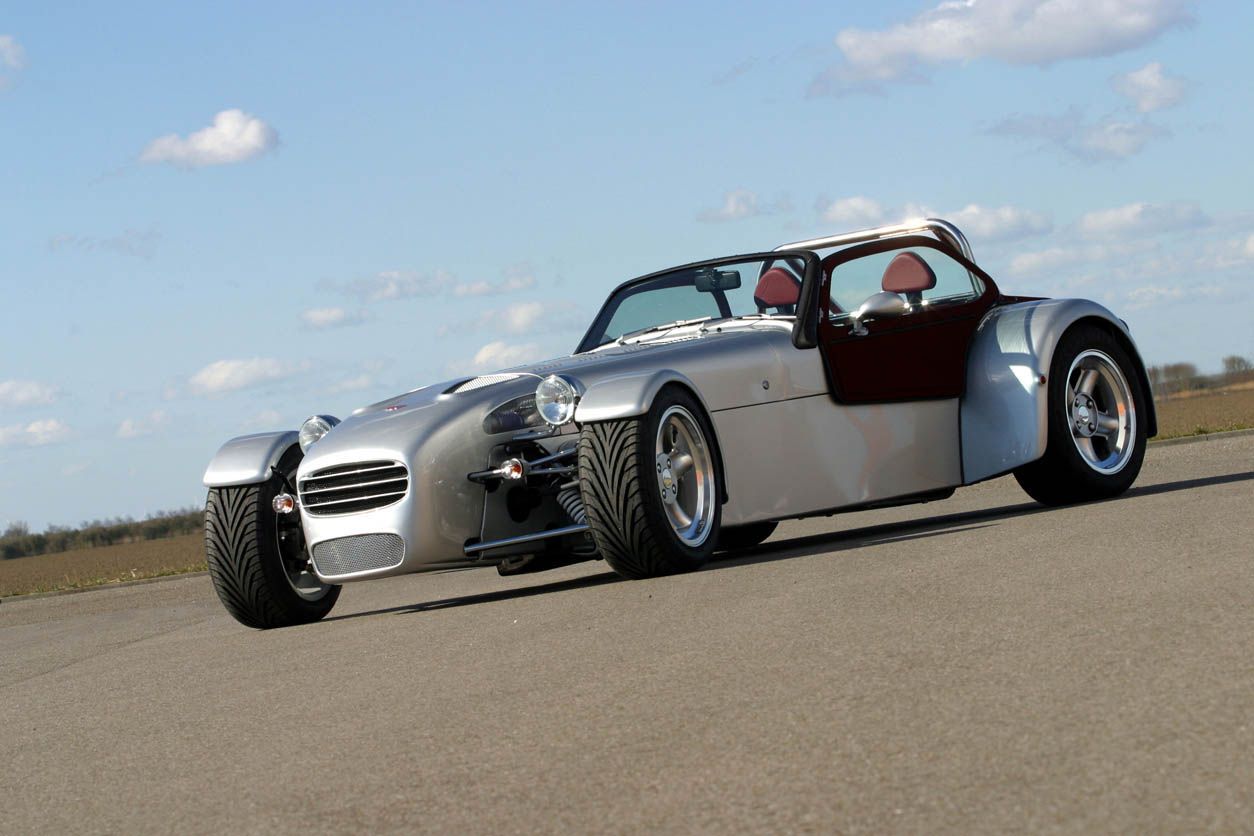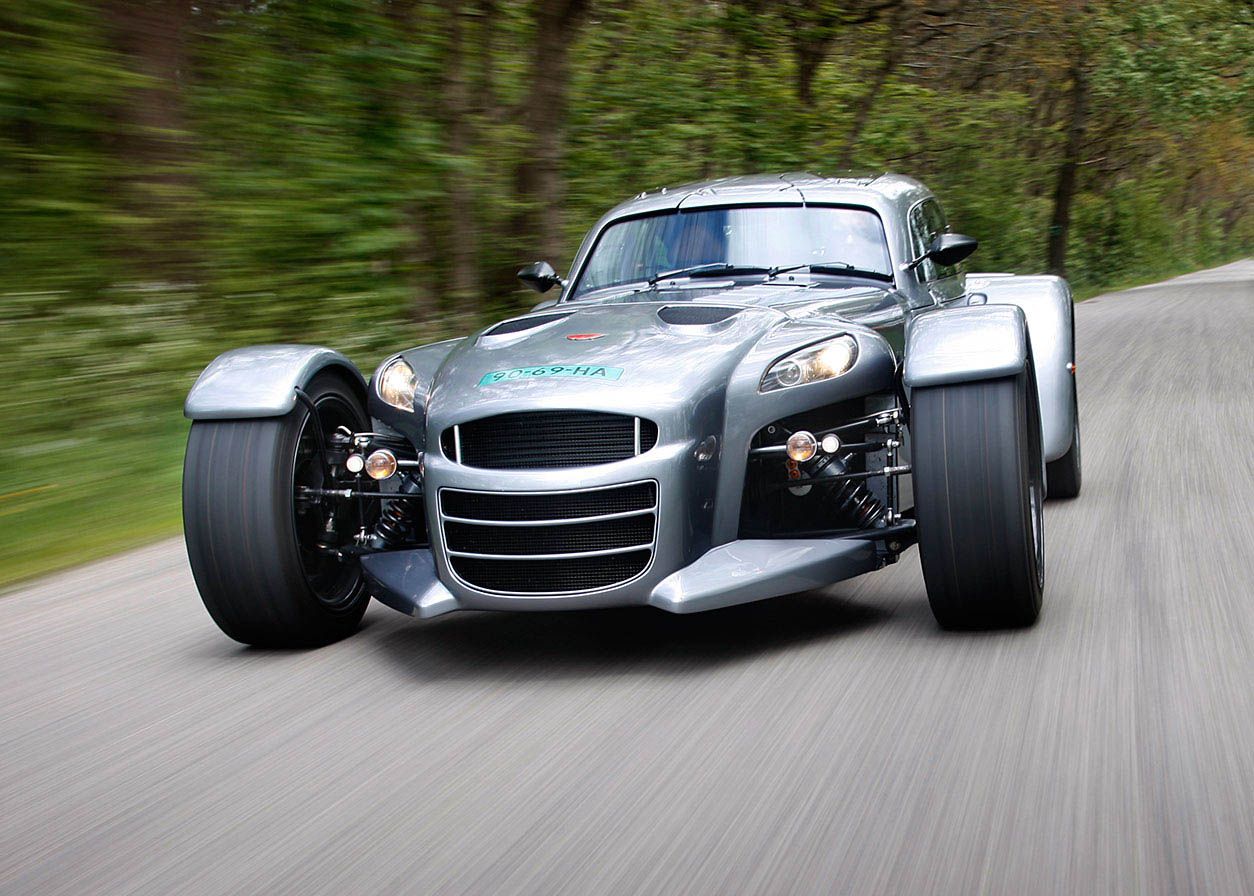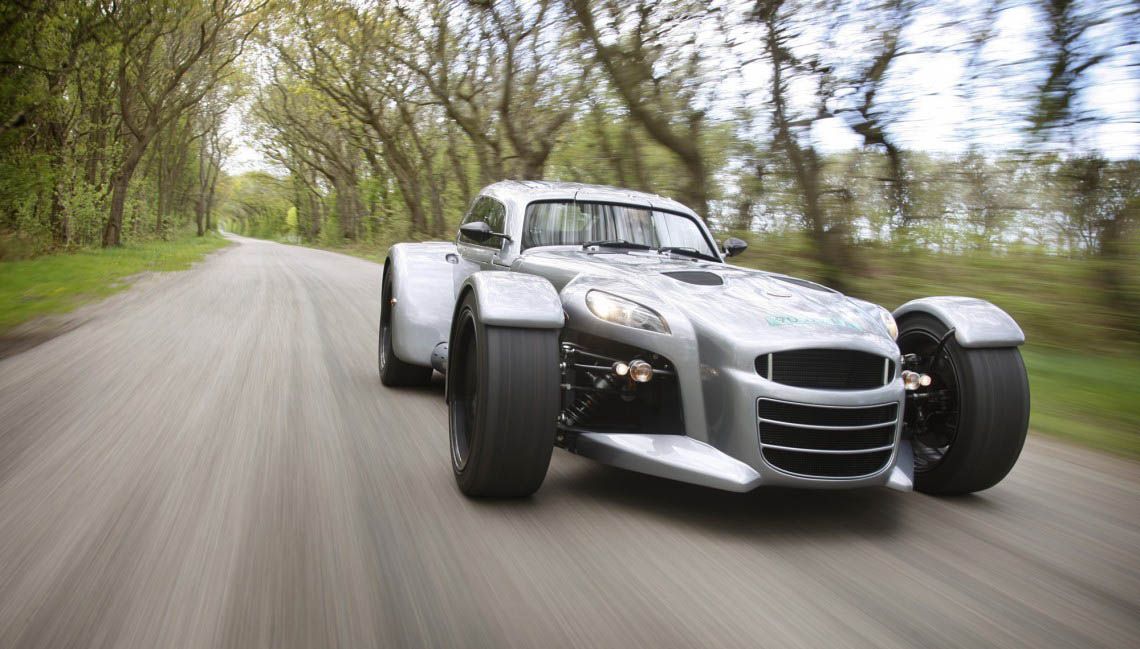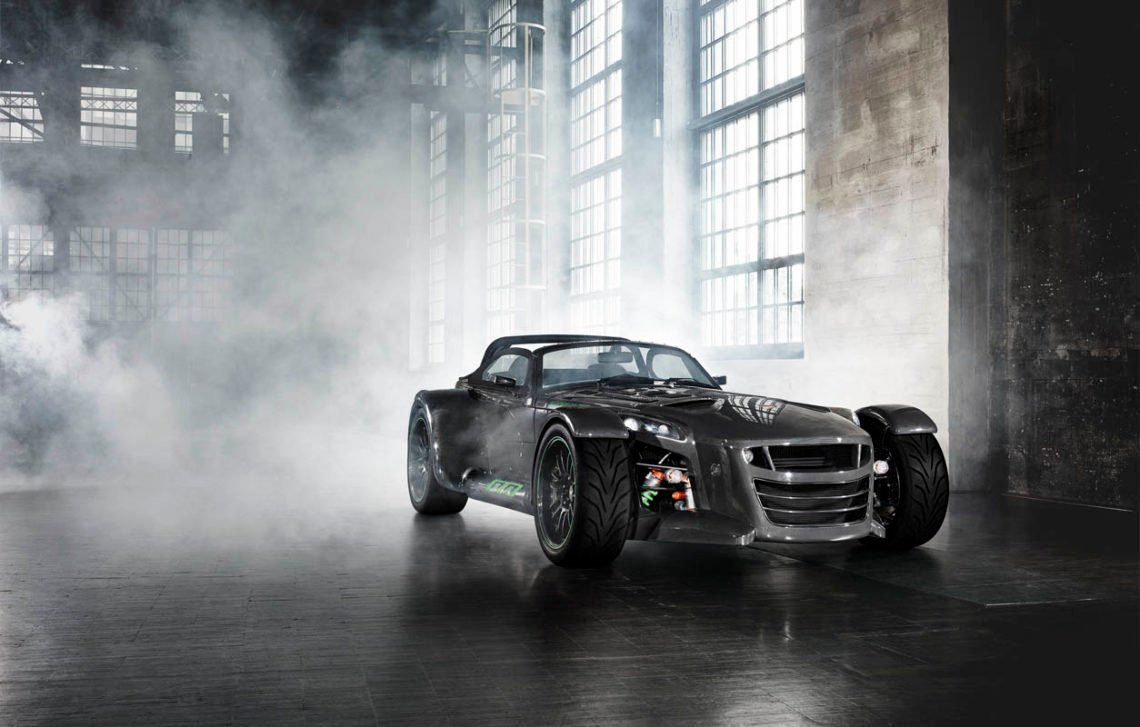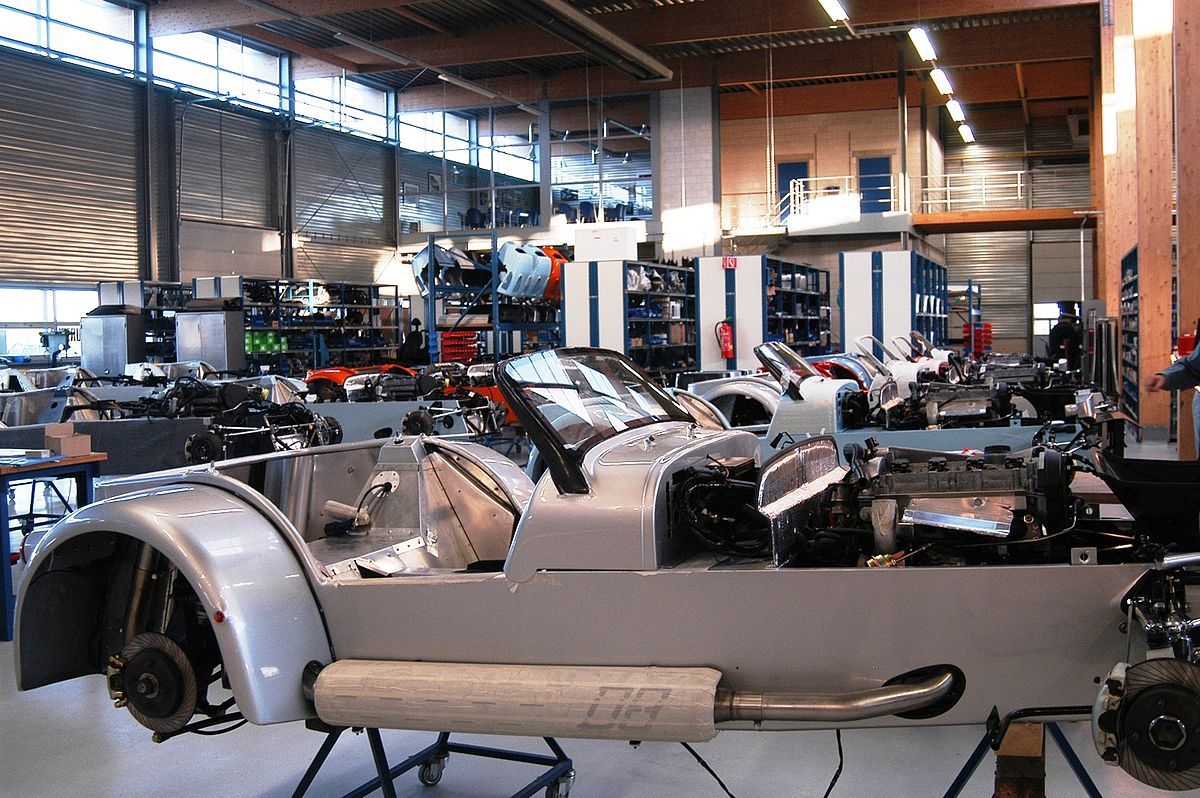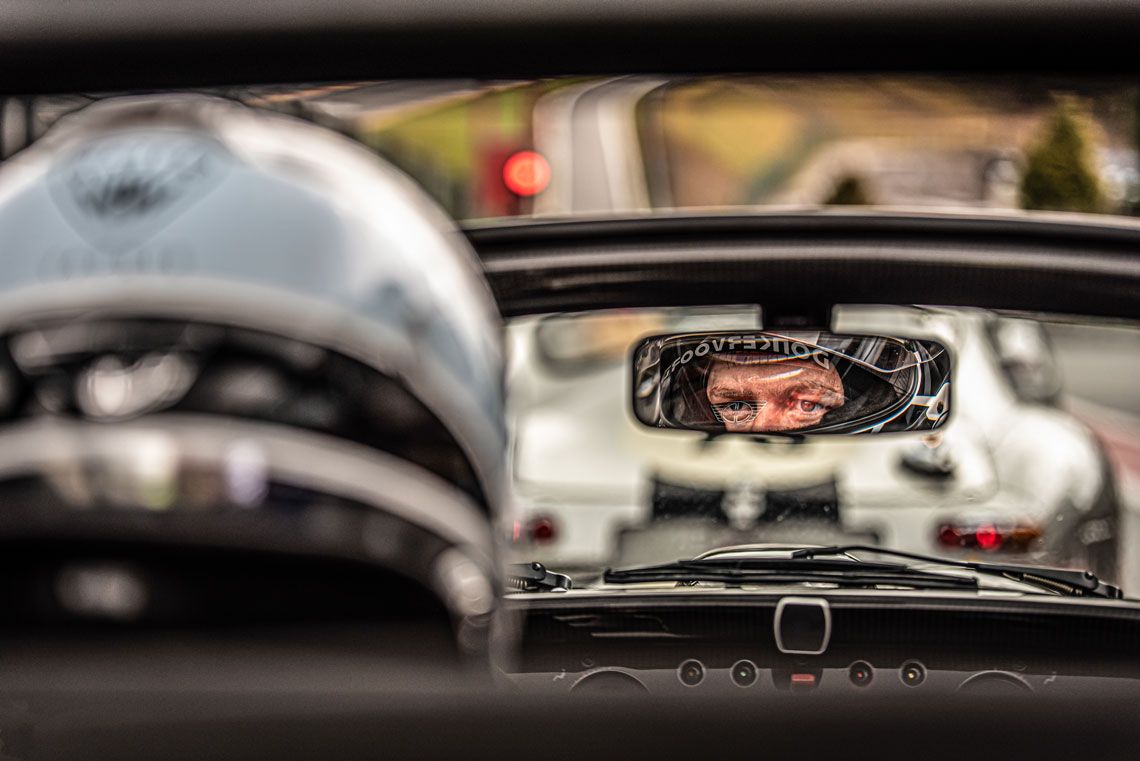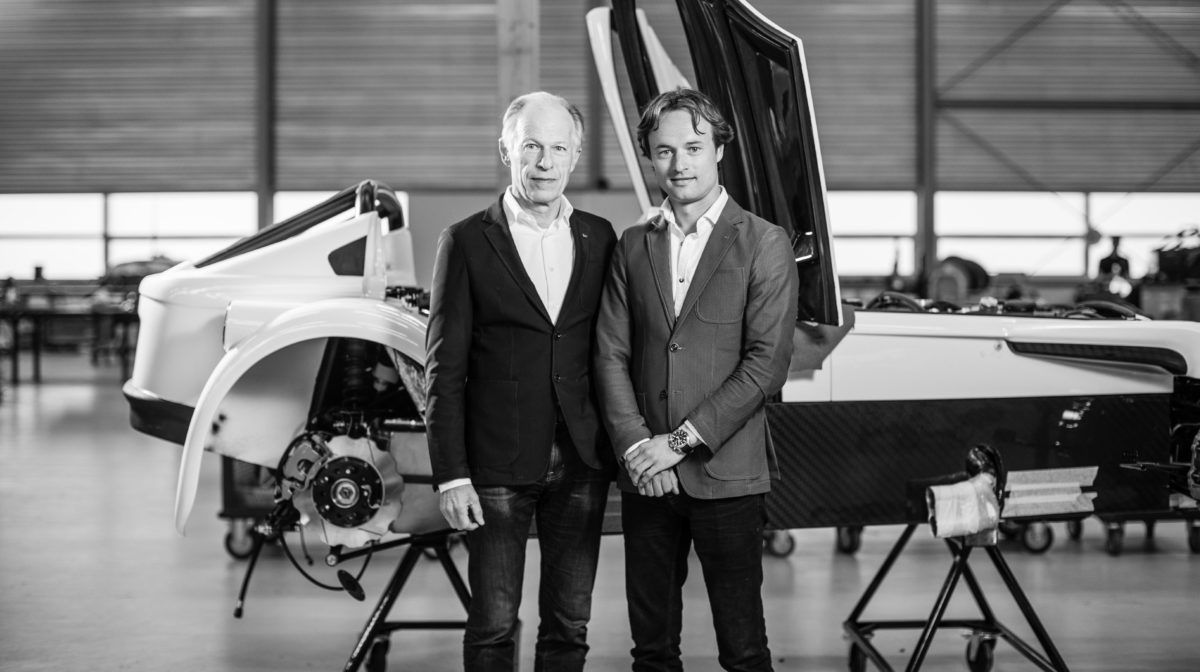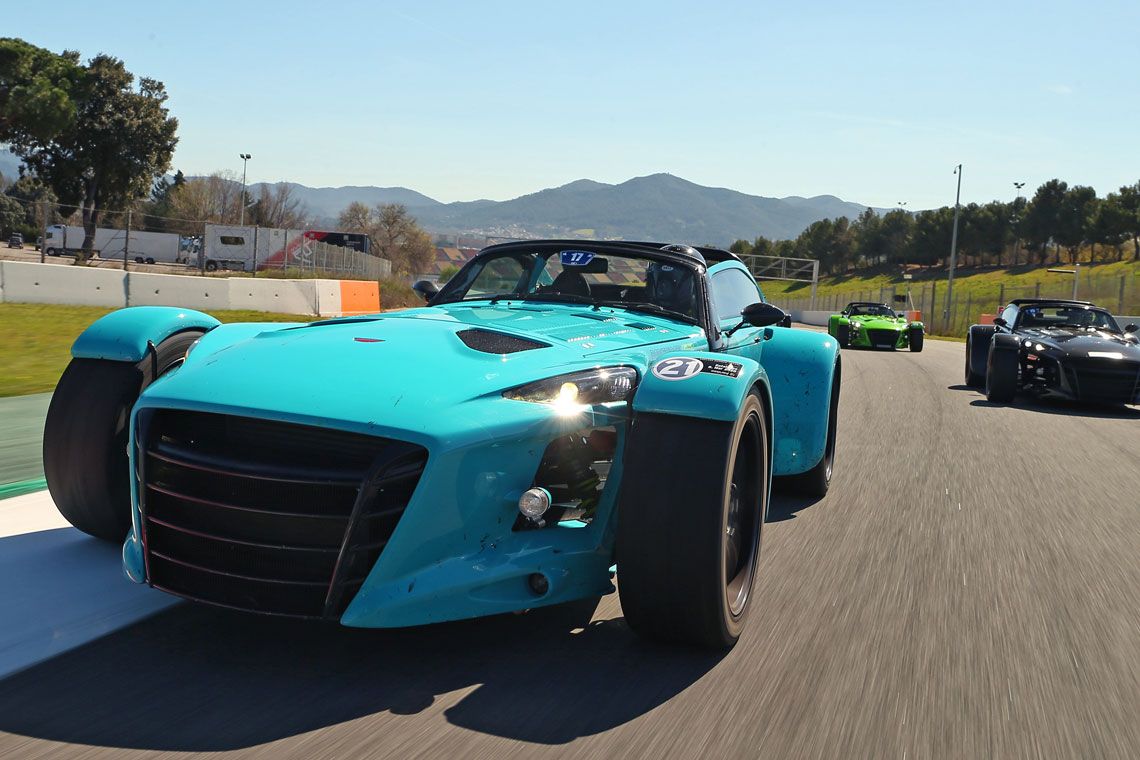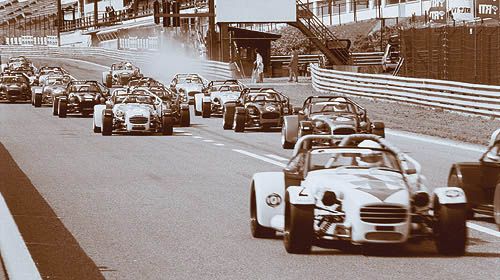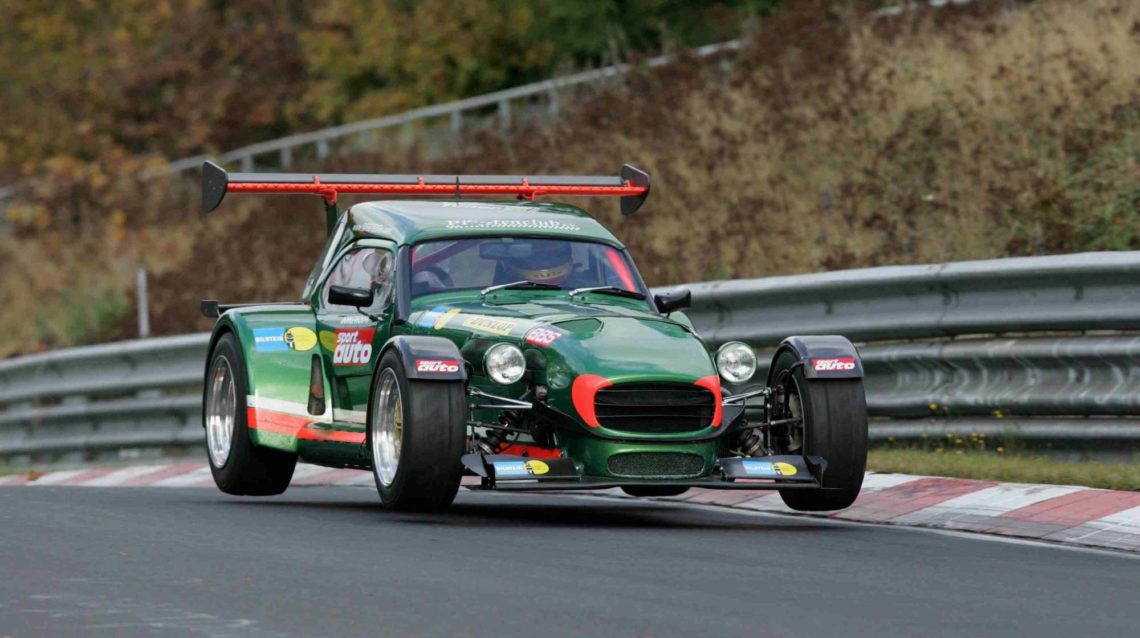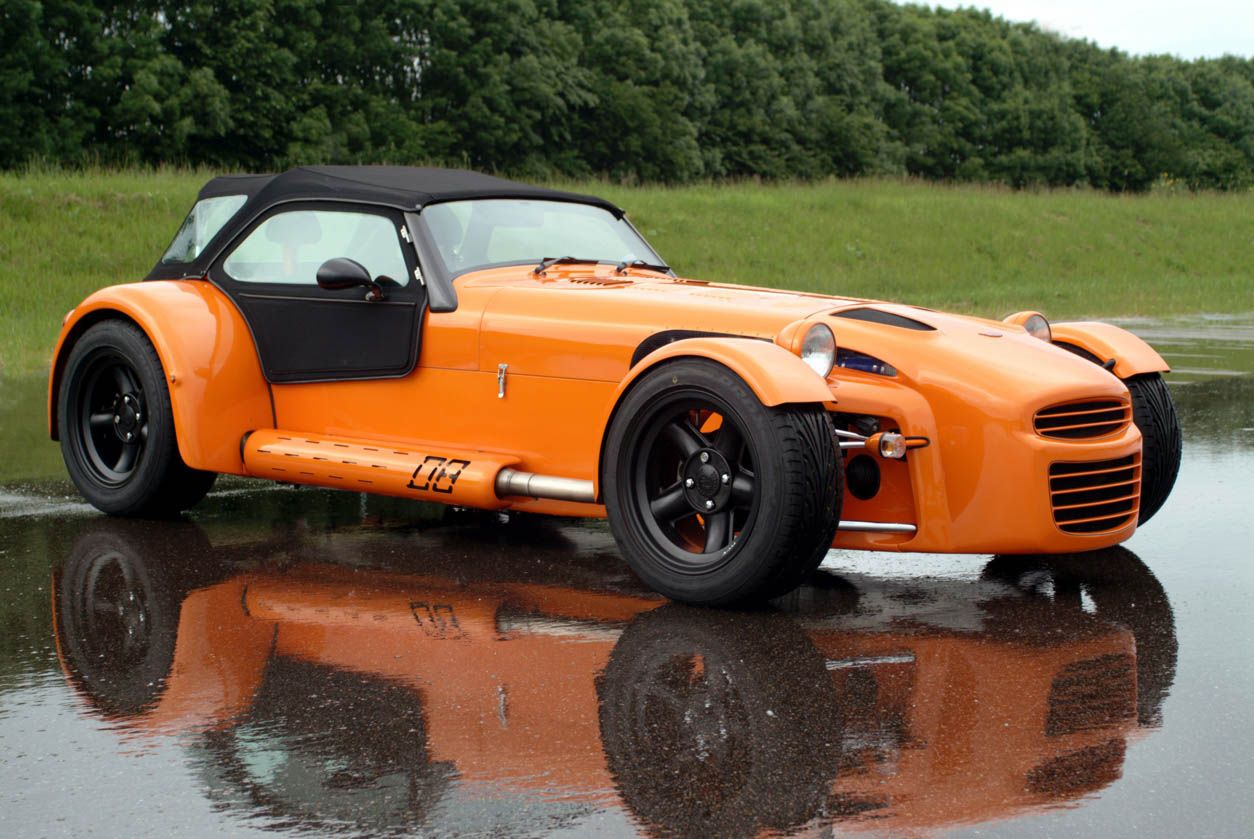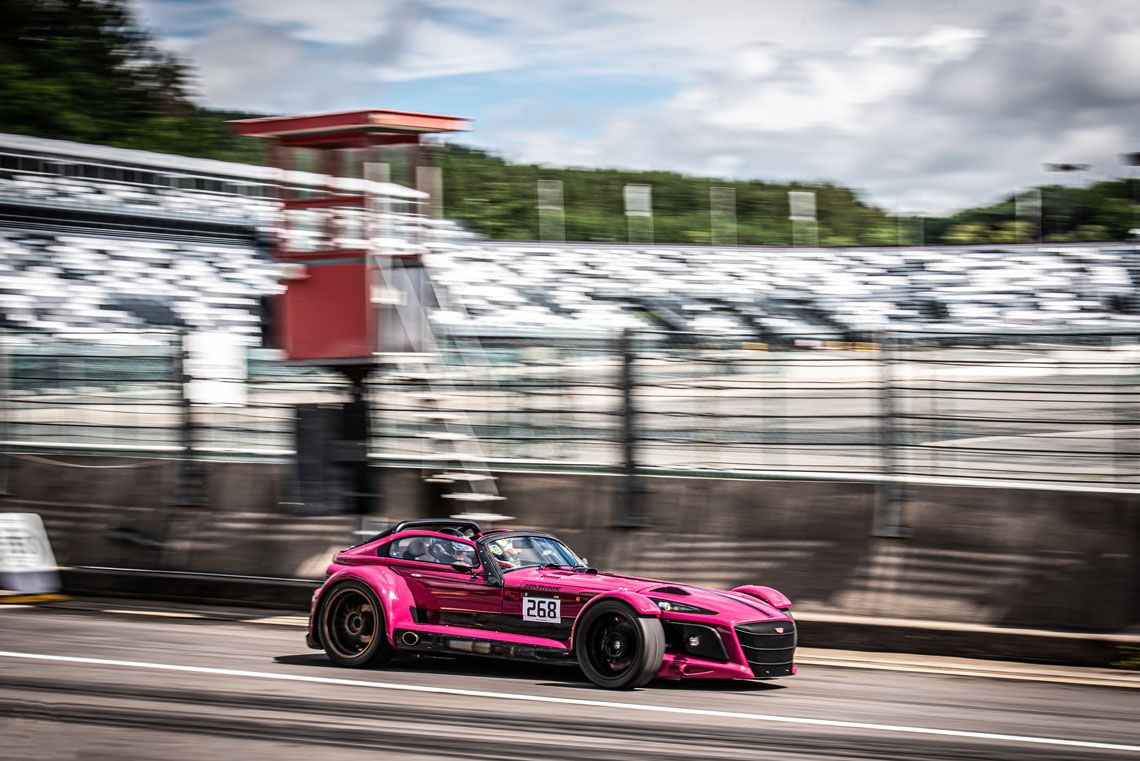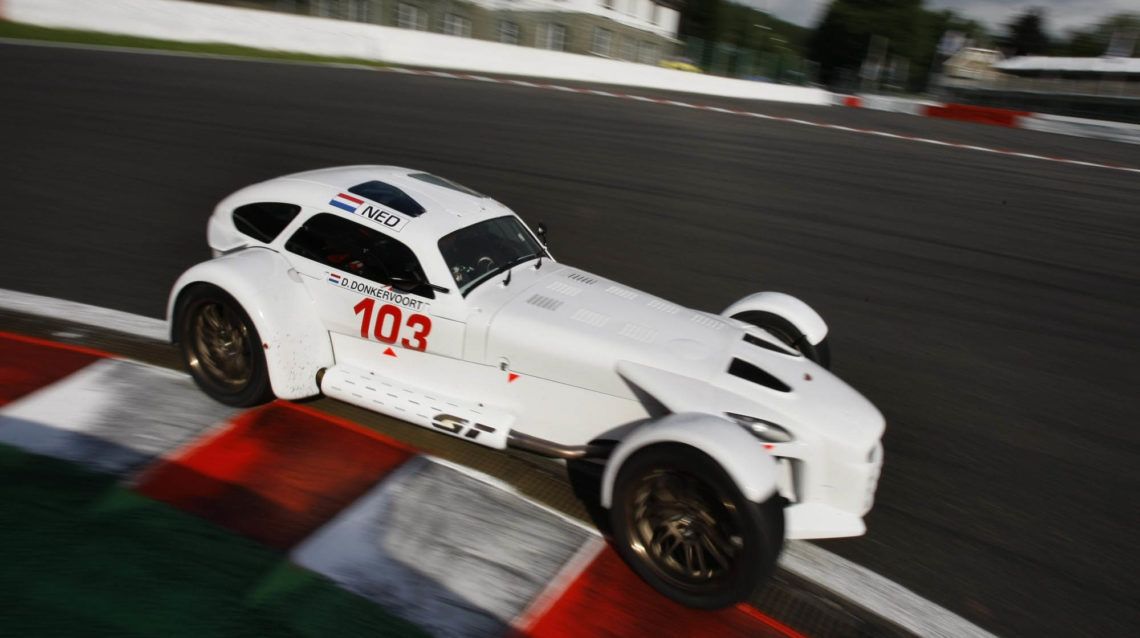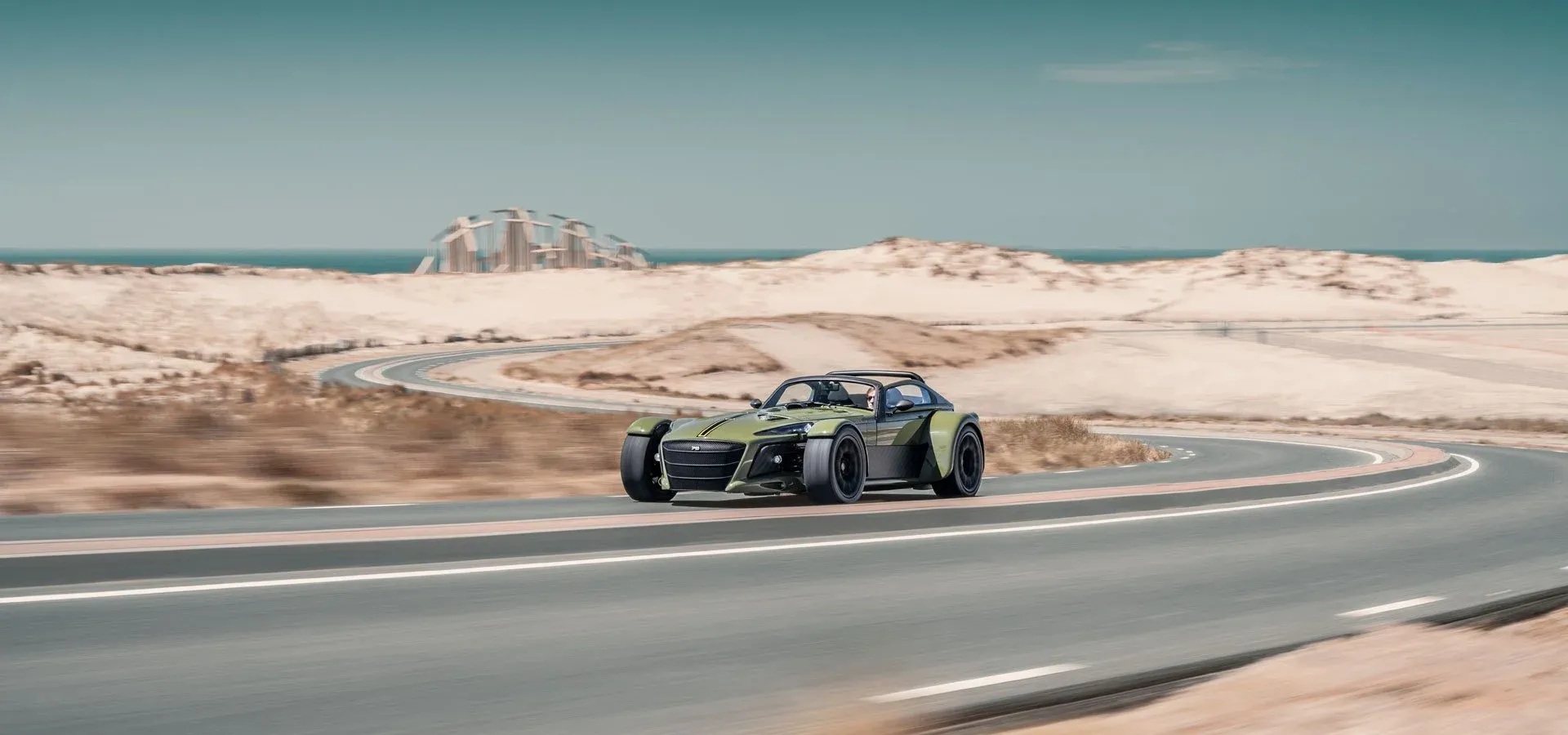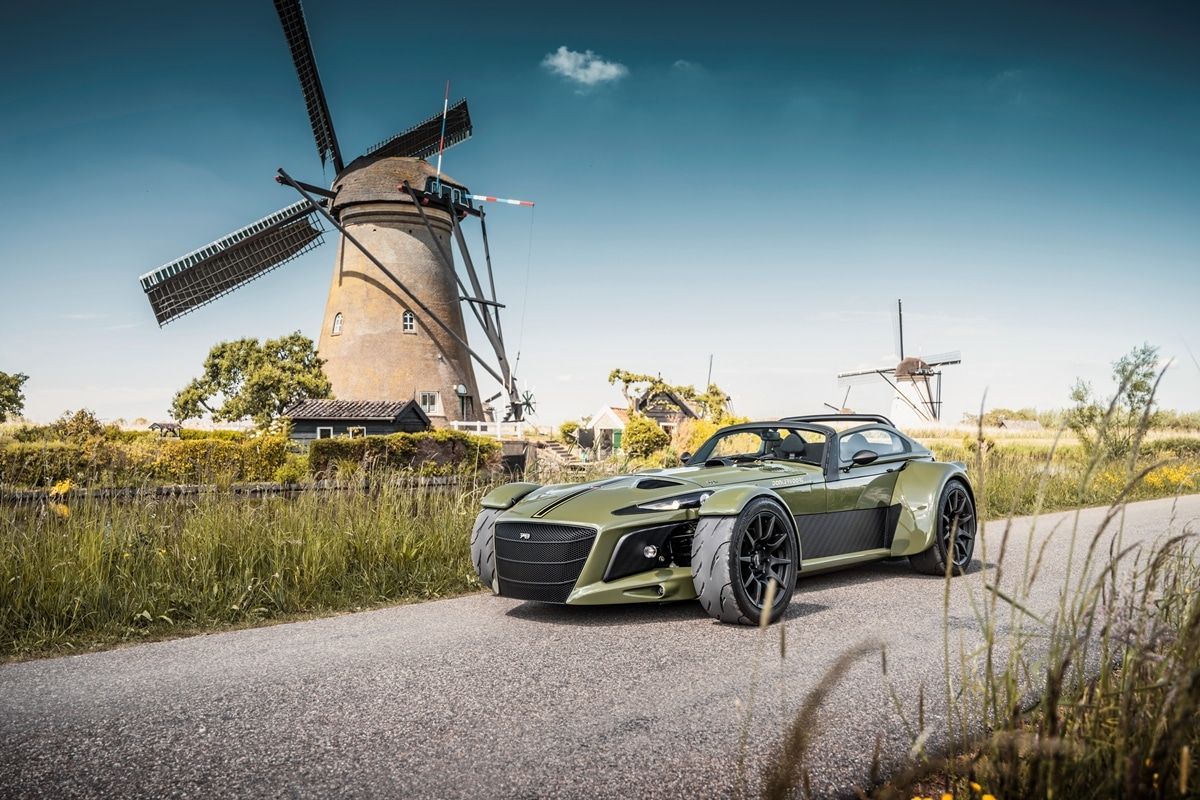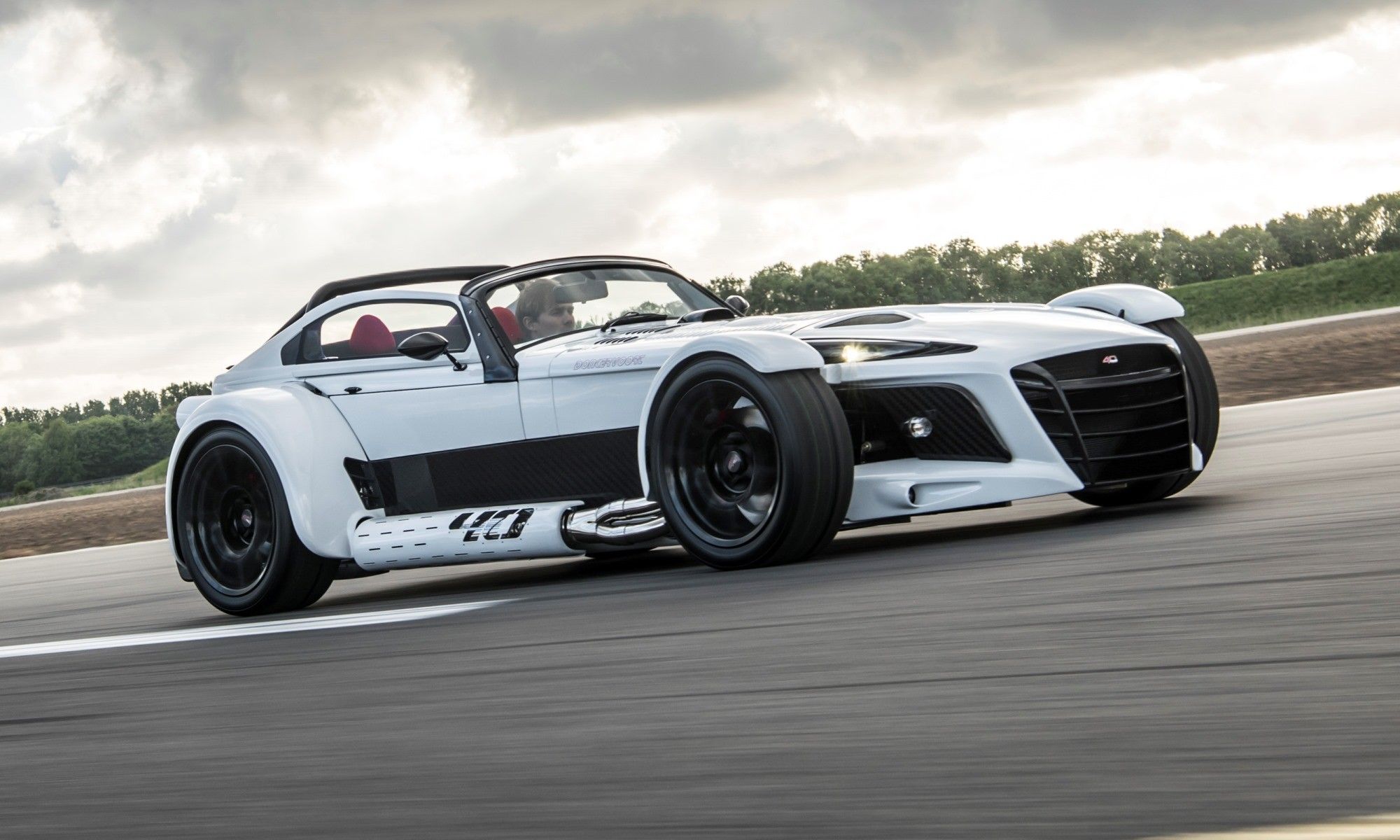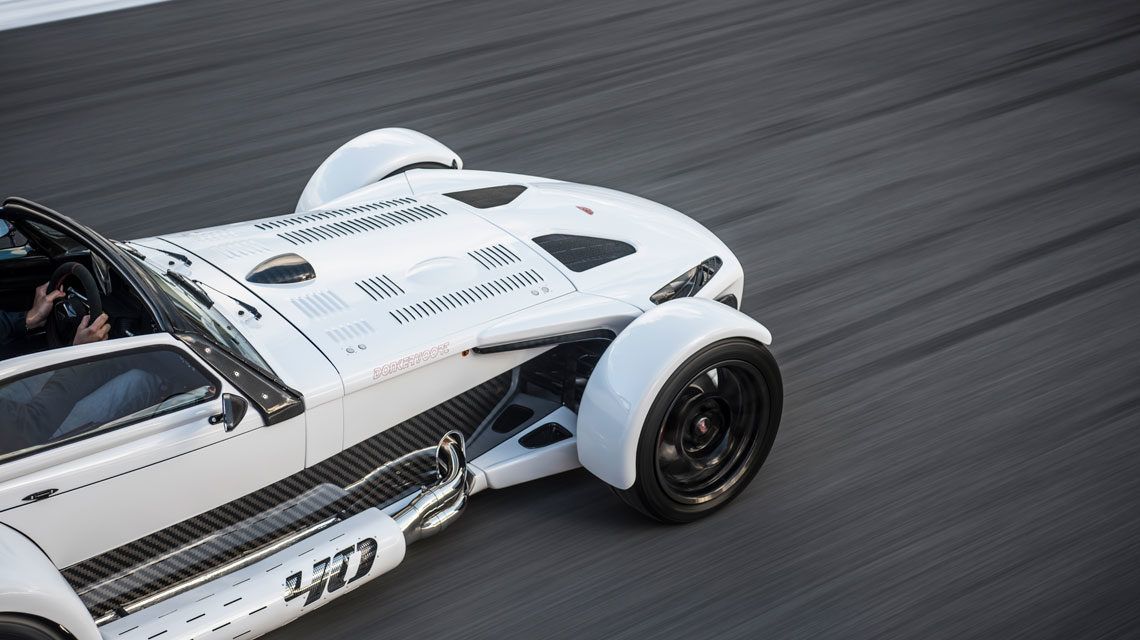Dutch sports-car brand Donkervoort believes in making cars without compromises. From humble beginnings when Joop Donkevoort wanted to create a Dutch-made kit-car instead of having to import that popular little sports cars to the pursuit of the fastest and the best, the brand has never lost its focus on driving pleasure and purity. Even its supercar besting flagship of today is only available with a manual transmission, without any active aero or technology of that ilk.
Instead, it’s all in the hunt for the perfect driver’s car. With the same mantra Colin Chapman applied to the early years of the Lotus brand, “simplify and add lightness,” even the most hardcore Donkervorts only weigh up to 1,500 pounds. For decades, the brand has followed the very same mantra.
10
It All Started With Lotus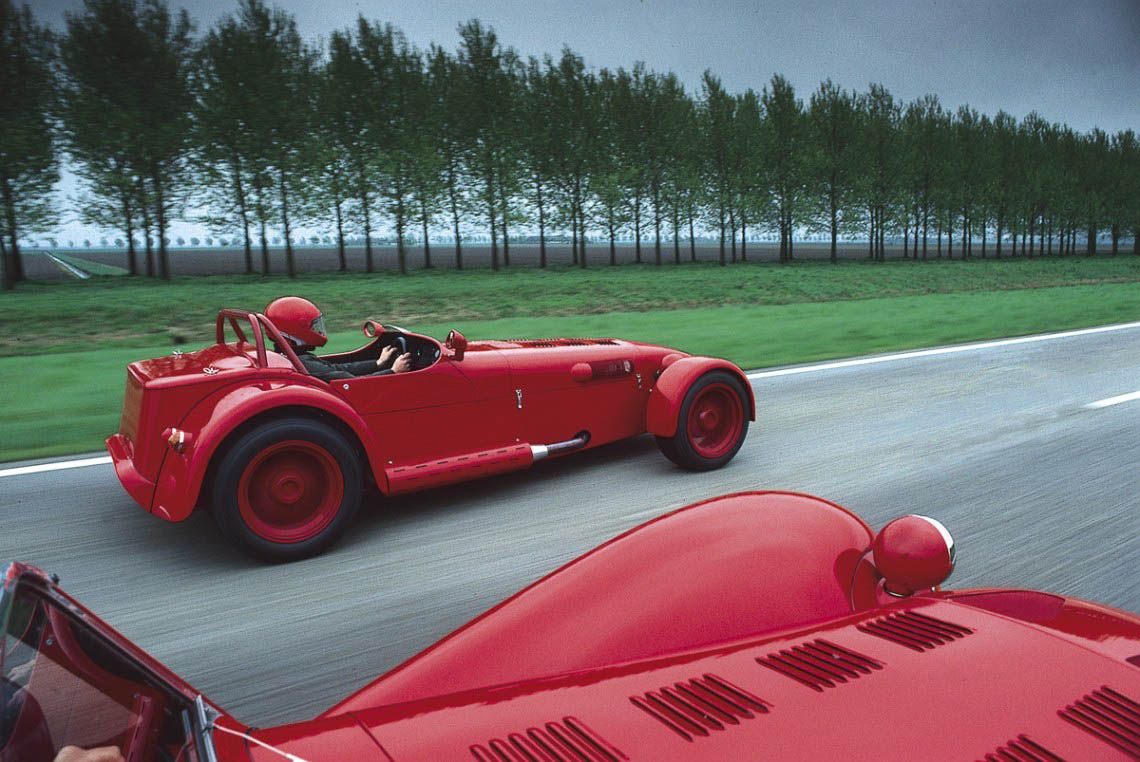
By 1978, Joop Donkervoort had purchased a kit car import franchise in the Netherlands and originally intended to produce a kit car like the Lotus. However, when Joop learned he needed to make major modifications in-house before selling the cars on, he decided to create his own car in-house, relying on the Lotus 7 for inspiration.
That formed the design for this first car, the Donkervoort S7, and all subsequent models up to today. While the brand still did sell kit cars in limited numbers, the S8 introduced in 1983 marked the end of kit-cars for the brand for good.
9 The Brand Has Worked With Ford And Audi
Originally, the Donkervoort cars used a 1.6-liter Ford engine, and subsequent models upped the displacement and power. Ford engines and cooperation increased the performance figures of the car, until finally, in 1995, a Cosworth-developed engine found its way into Donkervoort and, as with plenty of cars Cosworth has been involved with, brought the cars up to a new top speed of 146mph.
When those Cosworth engines ended production, rather than return to less-powerful Ford engines, Donkervoort switched to Audi after offers from several manufacturers. Audi not only provided high-powered engines that met new emissions standards, they provided technical expertise for the cars as a whole.
8 It Took 29 Years To Get A Roof
Until 2007, every Donkervoort was open-top, with only a cloth roof available as an option. Only racing versions offered a fixed hardtop. That year, though, the D8 GT was unveiled to the public, designed to be the brand’s first true grand tourer, and highlighted by a fixed roof.
Donkervoort called it the world’s lightest grand tourer, tipping the scales at barely over 1500lbs, with extensive use of carbon fiber. That meant a new era of advanced cars for the brand, with increased strength and rigidity that proved successful on the road and on the racetrack.
7 Assembly Is Still State-Of-The-Art
Donkervoort may be a small sports car marque that builds its cars largely by hand, but the brand still uses advanced construction techniques in a modern factory in the Netherlands. The company also offers tours of its factory and showroom.
It still only produces a few hundred cars a year. The entire building of the chassis is done in-house since, after 2003, the company found it would be cheaper to build better-quality chassis rather than purchasing them.
6 It’s Still A Family Company Today
From its beginnings before 1978 until 2019, Joop Donkervoort ran the company he founded. After 42 years at the helm, during which time he oversaw the growth of the brand in a sector where most marques don’t survive, he retired in 2019.
However, he spent his final decade of leadership mentoring his son Denis, who took over the helm of the operation when his father left, keeping the business in the family. Joop continued working with the company in an advisory capacity.
5 The Brand Has Hosted A Marque Racing Series
Between 1993 and 2001, the brand hosted the Donkervoort, designed for gentlemen racers to enjoy their cars. It included complimentary hospitality for owners and in-house technical assistance to help owners enjoy their cars where they were designed to be driven.
As Donkervoort put it, its cars “are suitable for driving to racetrack, taking part in a race there and afterwards driving back home.” Featuring races in and around Donkervoort headquarters in the Netherlands, owners were able to drive their cars to the event and compete.
4 Donkervoort Holds A Nürburgring Lap Record
Donkervoort sought to establish legitimacy by setting a lap record on the iconic Nürburgring Nordschleife. The Donkervoort D8 RS broke the record for cars in its class by a full fifteen seconds in 2004, and was broken even further by the same car the next year with a 7:14.89, not far off the Porsche 911 GT2 RS's record.
The brand produced a limited-edition D8 270 RS four years later to commemorate the record. It featured 60 more horsepower than the 210 horsepower that powered the record-setting car, although the weight figure was identical, making it one of the fastest cars ever for the brand.
3 Donkervoort Still Races And Wins
Besides setting lap records and competing in its own series, Donkervoort cars win on the global stage. The D8 GT, also the first car with a roof, was homologated to FIA GT4 standards. In its first race, the 24 Hours of Spa, the car finished first and third in class, and finished the season second in the championship.
In 2011, another homologated D8 GT won the GT4 class of the 24 Hours of Dubai and 13th overall out of 85 participants in its latest factory racing entry. Still, though, the brand hosts track events for its customers on tracks throughout north Europe.
2 Their Car Has Nearly Double The Grip Of A 911 GT3 RS
Porsche’s 911 GT3 RS is a grippy car, known for its incredible handling, and we love it. On the skidpad, it can pull up to 1.2g of lateral force, which is more than the force of gravity itself sideways. Donkervoort’s D8 GTO-JD70, though, can pull an insane 2g of lateral acceleration according to the brand. That’s on the par with the McLaren Senna, which is about four times more expensive.
Indeed, this 1530lb supercar can get to 60mph in just 2.8 seconds, and onward to a top speed of 167mph. The car keeps it simple, like all Donkervoort, and only pairs that to a manual transmission, and rev-matching technology is the only driver assist for a car that outdoes the force of gravity on the turns and on acceleration.
1 The Version With An Automatic Gearbox Is Not Street-Legal
Donkervoort cars are only available with a manual transmission, at least on the street. However, when the brand constructed its D8 GTO-RS with the aim of pure speed on the track, a sequential automatic offered the best performance.
With the sequential and a host of performance upgrades, the D8 GTO-RS is not street legal, but was the fastest car from the brand when it came out in 2016. Still, no Donkervoort for the street offers anything other than a manual transmission.

